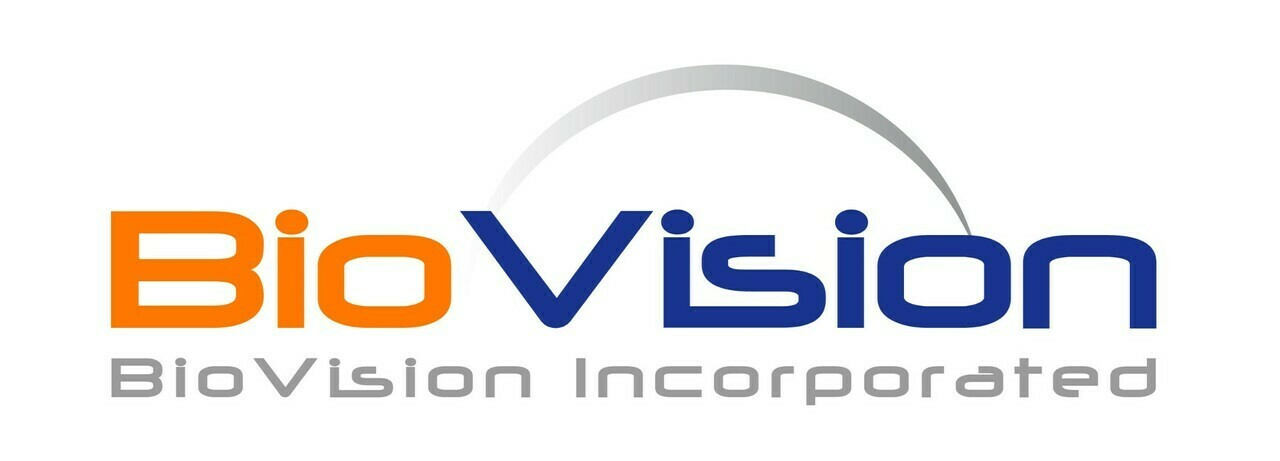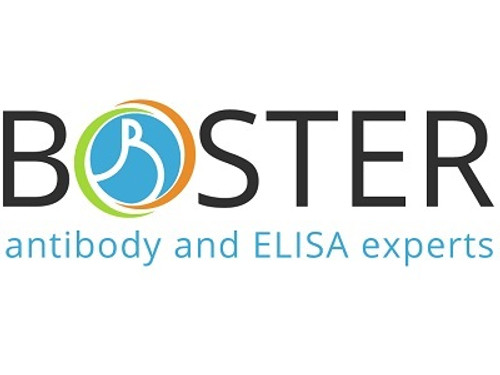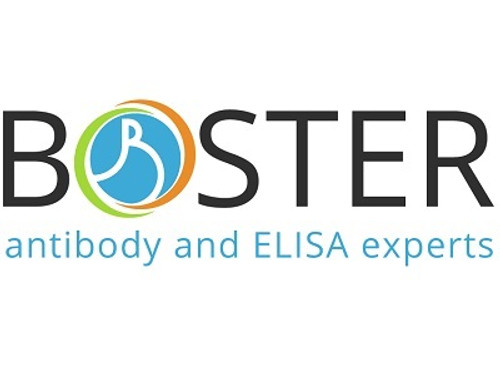Product Description
P5CR catalyzes the NADH dependent reaction of converting pyrroline-5-caboxylate to proline. It is important for regulating amino acid metabolism, intracellular redox potential, and apoptosis. Increased P5CR expression and activity have been observed in carcinoma and pulmonary tumors.
Biovision | P1456 | Pyrroline-5-caroxylate reductase, M. tuberculosis Recombinant DataSheet
Biomolecule/Target :
Synonyms: P5CR, PCA reductase, P5C reductase, proC
Alternates names: P5CR, PCA reductase, P5C reductase, proC
Taglines: Catalyzes the reduction of 1-pyrroline-5-carboxylate (PCA) to L-proline
NCBI Gene ID #: 887256
NCBI Gene Symbol: proC
Gene Source: Mycobacterium tuberculosis
Accession #: P9WHU7
Recombinant: False
Source: E. coli
Purity by SDS-PAGE: ≥90%
Assay: SDS-PAGE
Purity:
Assay #2:
Endotoxin Level:
Activity (Specifications/test method):
Biological activity: This enzyme has a specific activity of ≥ 7 mU/mg based on its conversion of proline to pyrroline-5-caboxylate.
Results:
Binding Capacity:
Unit Definition: One unit is the amount of enzyme that will convert 1.0 umole of proline to pyrroline-5-caborxylate per minute at pH 9.5 and 37 ÌŠC.
Molecular Weight: 49.4 kDa with N-terminal TRX tag
Concentration:
Appearance: Lyophilized powder
Physical form description: Lyophilized
Reconstitution Instructions: Reconstitute the lyophilized protein with 30% Glycerol and 5 mM BME at the concentration of 0.5 mg/ml. Incubate the reconstituted protein at 25 °C for 15 minutes.
Amino acid sequence: 1 – 295
Handling: Centrifuge the vial prior to opening.
Usage:
 Euro
Euro
 USD
USD
 British Pound
British Pound
 NULL
NULL








